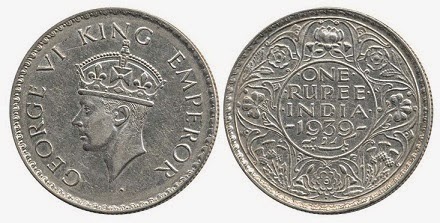Coin of Mulanand Chutu Dyansty
Coin of the Chutu ruler Mulananda c. 125-345. Lead Karshapana 14.30g. diamerer: 27 mm.
Obv.: Arched hill/stupa with river motif below. Rev.: Tree within railed lattice, triratana to right.
Obv.: Arched hill/stupa with river motif below. Rev.: Tree within railed lattice, triratana to right.
The Chutu dynasty ruled parts of the Deccan region of South India between first and third centuries CE, with its capital at Banavasi in present-day Karnataka state. The Chutus probably rose to power as Satavahanas feudatories, and assumed sovereignty after the decline of the Satavahana power. Except for the edicts of Asoka, the inscriptions of the Chutu dynasty are the oldest documents found in the northern part of Karnataka State, India.
E. J. Rapson, while discussing the history of Nasik district, supposes that during the interregnum between the last known Satavahana inscription of Yajna-Sri Satakarni in the 7th year of his reign in 159 CE and the first Nasik inscription of the Abhira king Ishvarasena, son of Abhira Sivadatta, in his 9th regnal year (somewhere in the 3rd century CE before 236 CE), the Nasik district might have passed immediately into the power of these Abhiras, either during the reign, or after the reign of Sri-Yajna (in 181 CE), or it may have first been held by the Chutu family of Satakarnis, the 'other Andhras' or 'Andhra-Bhrtyas' ('servants of the Andhras') of the Puranas, who undoubtedly were in possession of the neighbouring maritime province of Aparanta. E. J. Rapson theorises that Skandanagasataka of Kanheri inscription is identical with Sivaskandanagasri of the Banavasi inscription of Haritiputra-Visnukada-Chutukulananda Satakarni of his 12th year of reign. G. J. Dubreuil concludes that Chutus succeeded the Satavahanas not only in Mysore (Karnataka) but also in Aparanta and western Maharashtra after Yajnasri Satakarni's reign ended in 190 CE with his death. Later the Chutus held sway over the northern parts of Kannada and Malayalam (Malabar) speaking regions.



